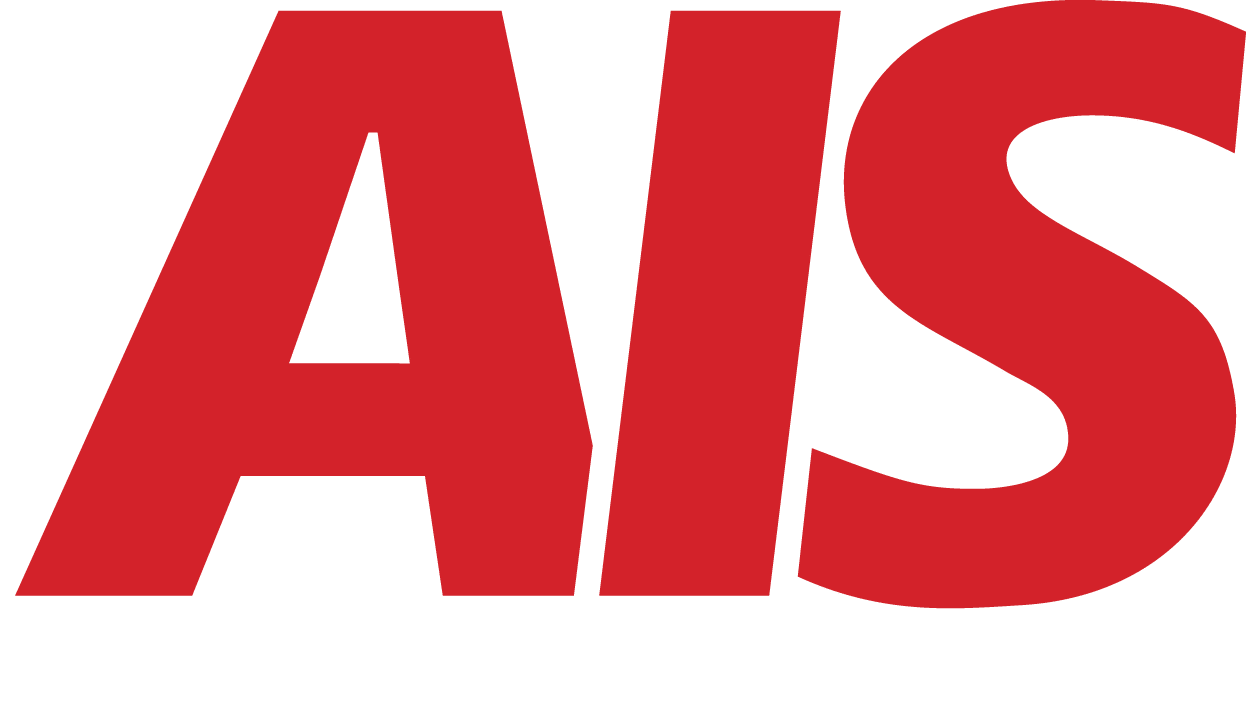How to Plan for PCI, HIPAA, or Other Compliance in IT
October 16th, 2025 | 6 min. read

Compliance isn’t optional anymore. Whether your business handles credit card transactions, patient health data, or sensitive client information, data protection laws set the standard for how you store, process, and share that data.
Failing to comply with frameworks like PCI DSS or HIPAA can lead to heavy fines, data breaches, and serious damage to your reputation. But compliance doesn’t just protect your organization from penalties; it builds trust with your customers.
Think of IT compliance as an ongoing business process, not a one-time project. It requires planning, regular audits, and a commitment to continuous improvement.
Understanding PCI, HIPAA, and Other Common Compliance Standards
PCI DSS (Payment Card Industry Data Security Standard)
If you accept, process, or store credit card information, PCI DSS applies to your business. The goal is to protect cardholder data from theft or misuse.
The core PCI DSS requirements include:
- Installing and maintaining secure firewalls
- Encrypting cardholder data
- Restricting access to sensitive information
- Maintaining updated antivirus software
- Regularly monitoring and testing networks
Non-compliance with PCI DSS can result in financial penalties ranging from $5,000 to $100,000 per month, depending on the severity of the violation and your transaction volume.
HIPAA (Health Insurance Portability and Accountability Act)
HIPAA applies to healthcare organizations and their business associates. It regulates how Protected Health Information (PHI) is stored, accessed, and transmitted.
The three main HIPAA rules are:
- Privacy Rule: Protects patient health information from unauthorized disclosure.
- Security Rule: Requires technical safeguards for data storage and transmission.
- Breach Notification Rule: Mandates prompt reporting of data breaches.
Violations can cost up to $1.5 million per year, plus criminal penalties for severe negligence.
Other Common IT Compliance Frameworks
Depending on your industry, you might also fall under other standards, including:
- SOX (Sarbanes-Oxley Act): For publicly traded companies managing financial data.
- GDPR (General Data Protection Regulation): For companies handling EU citizen data.
- CMMC (Cybersecurity Maturity Model Certification): For defense contractors.
- FERPA (Family Educational Rights and Privacy Act): For educational institutions.
Even if you’re not directly regulated, many clients or vendors now require proof of compliance to do business.
How to Plan for IT Compliance Step-by-Step
1. Identify Your Compliance Requirements
Start by understanding which laws and standards apply to your business. If you process payments, handle health data, or operate across borders, you may need to comply with multiple regulations.
Ask yourself:
- What kind of data does your business collect and store?
- Who has access to it?
- Where is it stored—on-premises, in the cloud, or both?
- Who are your vendors or partners that handle this data?
Creating a data map helps visualize how information moves across your network and who touches it.
2. Conduct a Compliance Risk Assessment
A compliance risk assessment identifies where you’re most vulnerable. This includes:
- Outdated or unsupported systems
- Weak password policies
- Lack of employee training
- Gaps in encryption or endpoint protection
Document your risks in a compliance report. This will form the foundation for your action plan.
3. Build a Written Compliance Plan
Compliance requires documentation. Create a formal Written Information Security Program (WISP) that outlines:
- Roles and responsibilities for IT and compliance staff
- Data classification and handling procedures
- Incident response plans
- Vendor management and monitoring
- Security awareness training schedule
A clear written plan keeps everyone accountable and makes audits easier to pass.
4. Implement Technical Safeguards
This is where IT and cybersecurity intersect. Key security controls include:
- Firewalls and intrusion detection to block unauthorized access
- Multi-factor authentication for all administrative accounts
- Encryption of sensitive data both at rest and in transit
- Patch management to keep software and systems up to date
- Endpoint protection on all devices accessing the network
These controls are non-negotiable for compliance frameworks like PCI and HIPAA.
5. Train Employees Regularly
Human error is still the top cause of compliance violations. A single phishing email can lead to a data breach and major fines.
Train your employees on:
- Recognizing social engineering and phishing attempts
- Handling sensitive data securely
- Reporting potential breaches quickly
- Following password and device security policies
Make training continuous rather than annual. Awareness fades if not reinforced.
6. Audit and Monitor Continuously
Compliance is never a one-time certification. Continuous monitoring helps you stay compliant year-round.
Schedule quarterly internal audits and annual third-party assessments. Use automated monitoring tools to flag:
- Unauthorized access attempts
- Suspicious file transfers
- Configuration changes
- Unpatched systems
Documentation from these audits can be used to demonstrate compliance during external reviews.
7. Partner with a Managed IT Services Provider
For many businesses, maintaining compliance internally is too complex and costly. Partnering with a Managed IT Services Provider (MSP) like AIS can simplify the entire process.
A well-qualified MSP can:
- Conduct gap analyses and risk assessments
- Implement secure network architecture
- Manage system updates and monitoring
- Provide compliance reporting and documentation
- Support audits and incident response
Outsourcing compliance doesn’t remove your responsibility, but it does give you expertise and scalability.
Common Compliance Mistakes Businesses Make
Even with the best intentions, many companies fall short because they:
- Treat compliance as a checklist instead of a culture
- Ignore third-party vendor risks
- Fail to encrypt backups or off-site storage
- Don’t update access permissions regularly
- Delay patching due to downtime concerns
- Skip employee re-training after system updates
These mistakes often lead to breaches that could have been avoided with proactive planning.
The ROI of Staying Compliant
Compliance can feel like an expense, but it’s an investment in long-term trust and operational efficiency. Businesses that prioritize data protection often experience:
- Fewer data breaches and downtime incidents
- Lower insurance premiums
- Faster client onboarding (due to verified security)
- Greater brand reputation in regulated industries
Regulators are becoming more aggressive in their enforcement. Being compliant means you stay ahead of both audits and cyber threats.
Next Steps: Start with a Compliance or IT Assessment
If your business isn’t sure where it stands, begin with a compliance or IT assessment. This baseline will help identify your current gaps and provide a roadmap for improvement.
AIS helps organizations throughout Las Vegas and Southern California plan and maintain compliance with PCI, HIPAA, and other major IT standards. Our approach combines managed IT services, cybersecurity, and employee education to help businesses stay secure and audit-ready all year long.
A true southerner from Atlanta, Georgia, Marissa has always had a strong passion for writing and storytelling. She moved out west in 2018 where she became an expert on all things business technology-related as the Content Producer at AIS. Coupled with her knowledge of SEO best practices, she's been integral in catapulting AIS to the digital forefront of the industry. In her free time, she enjoys sipping wine and hanging out with her rescue-dog, WIllow. Basically, she loves wine and dogs, but not whiny dogs.



